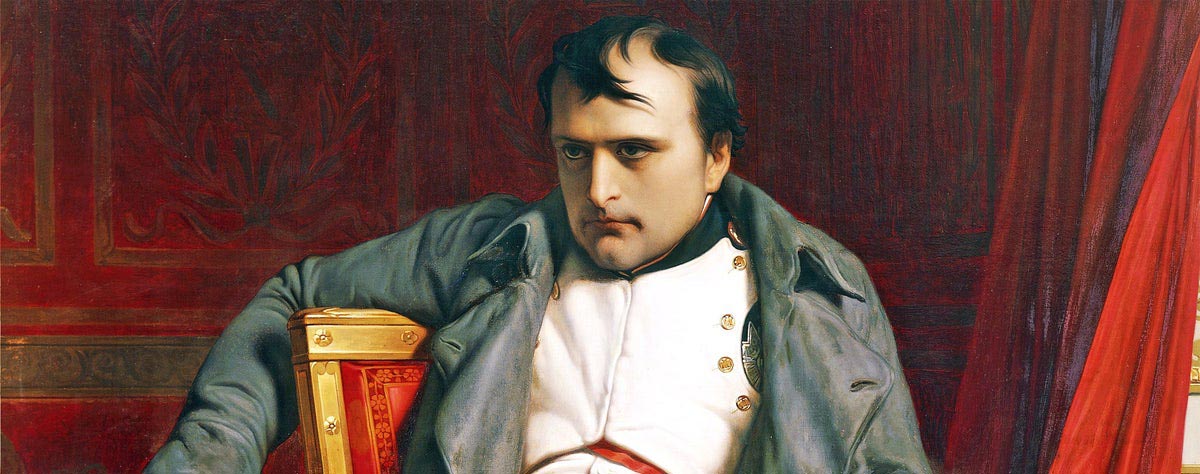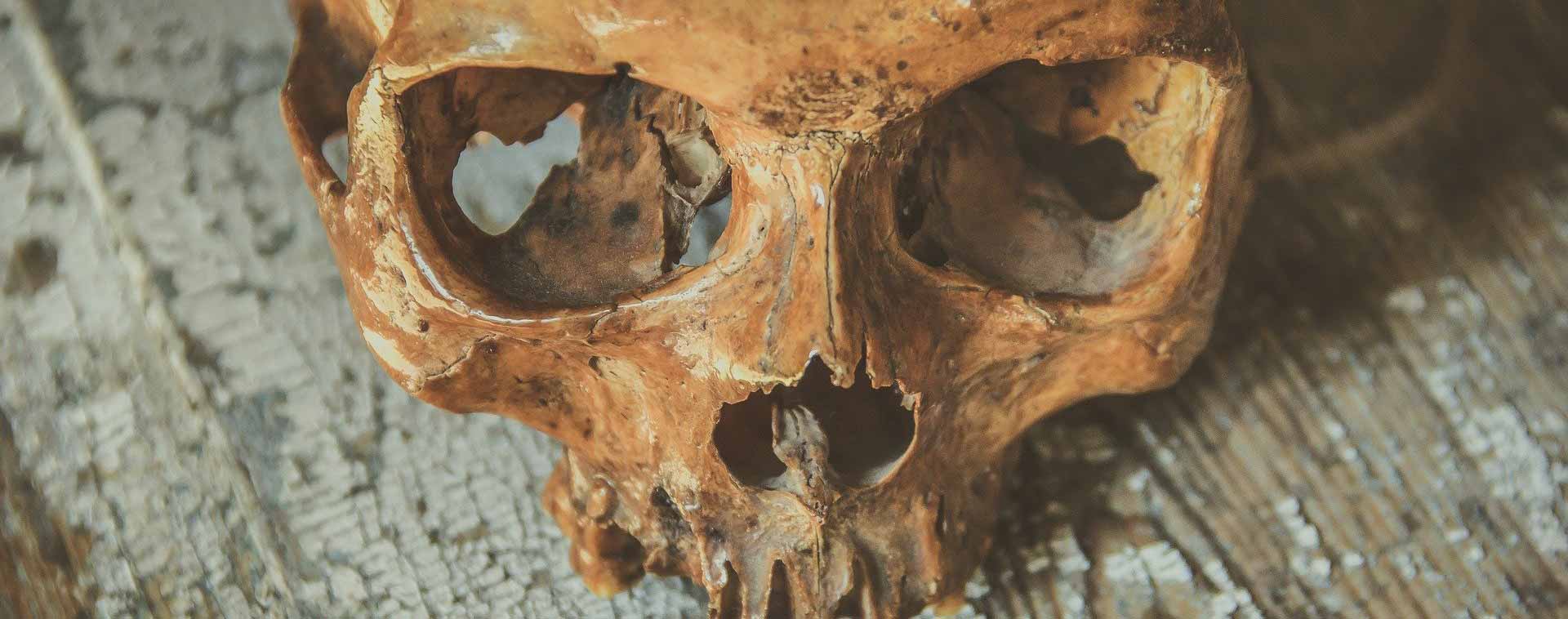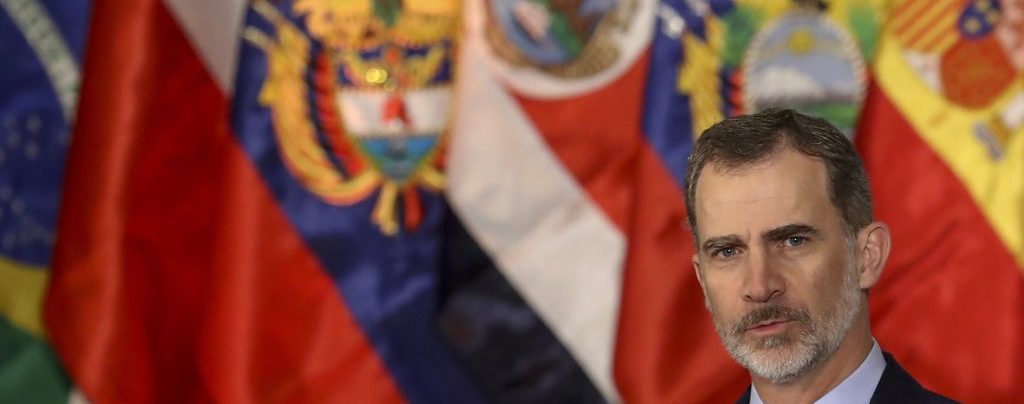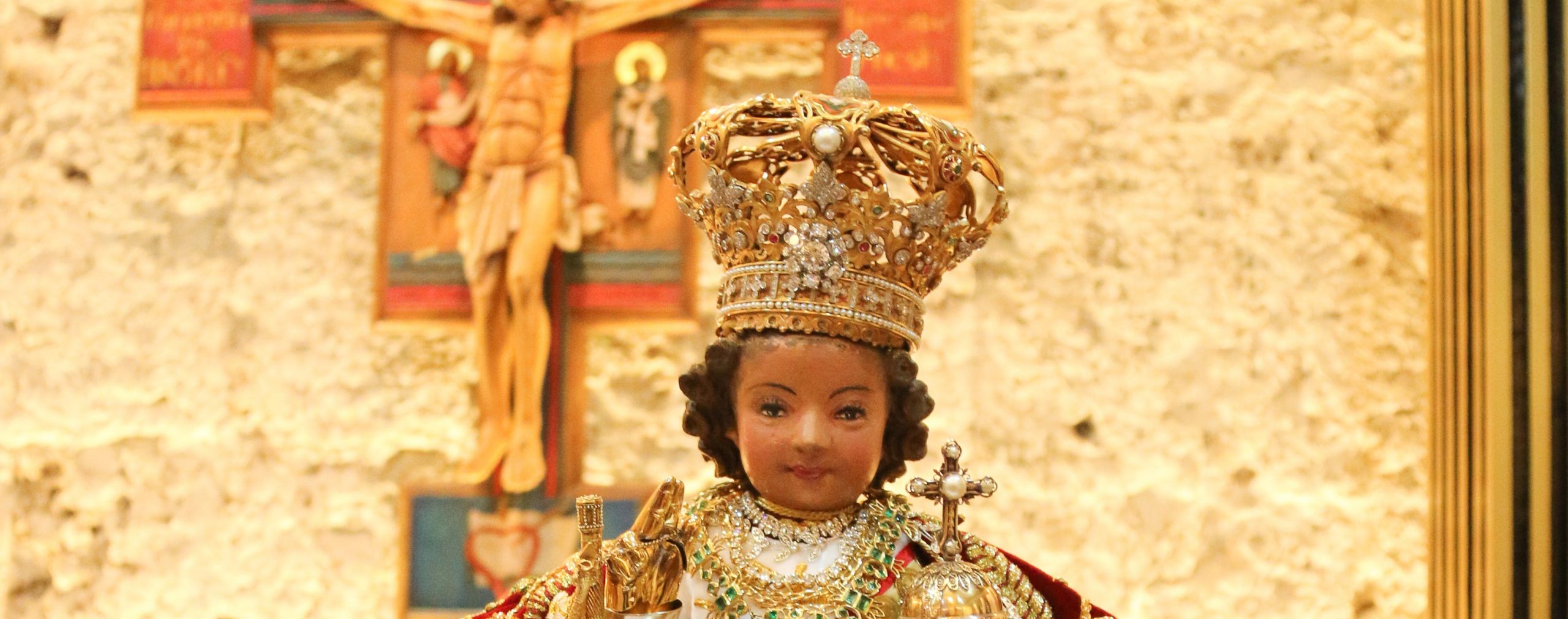Ways of imposition of the “Democratic Memory”
With the new law it will no longer be historians but the General State Administration (and specifically left-wing and nationalist parties) which will determine which are “the facts representative of democratic memory” and who are “the people who fought for freedom and democracy” (Title II: art. 10). The politicisation of this issue is anticipated by the drafters when they point out, moreover, that they will do so from a “feminist perspective” that is undoubtedly presentist. The existence of “gender violence” in the Civil War and the Dictatorship is pointed out: “women suffered humiliation, humiliation, rape, persecution, violence or punishment” not because of their public activity or because they were relatives of those who suffered reprisals, but “for the mere fact of being women”. Article 11 creates a “democratic memory of women” to recognise those who suffered punishment for adultery or abortion, issues that are not part of the defining core of a democratic claim. This “democratic memory of women” also includes those who were repressed for having spoken out publicly or for their links with male prisoners, despite the fact that the number of male prisoners was quantitatively greater, and they also suffered the harshest sentences.
The draft bill foresees the state taking charge of the exhumation policy and the creation of a DNA data bureau for the victims, measures described as necessary to “put an end to the existence of thousands of disappeared persons in Spain, which re-victimise their families”21. This re-victimisation is a sham, as we are talking about events that took place almost a century ago. The passage of time has blurred the family links between the reprisals and their descendants in 2021, a trend that will only become more pronounced with the passage of time and which, in a free society such as Spain’s, has already erased any distinction between “executioner” and “victim” inherited from the Civil War and post-Francoist war. In fact, it is the law itself that seeks to halt this process and to artificially and permanently “re-victimise” part of the population by making them heirs to the suffering of their ancestors. Moreover, by giving special recognition to the Republican side in the Civil War and to anti-Franco anti-democracy during the Dictatorship, it seeks to reproduce in 2021 the political fault lines existing in 1936.
With the new law, it will be the General State Administration that will determine which are “the representative facts of democratic memory”
In order to prevent or hinder a change of government from paralysing “memory policies” and leaving them without funding, the text establishes a four-year Memory Plan, with pre-established objectives and resources, which will then be broken down into annual plans. In order to coordinate with regional and local administrations, a “Territorial” (not “National”, as the promoters of “memory” seem to have forgotten that Spain is a nation) Council of “Democratic Memory” (art. 13) is created. In terms of funding, the public authorities will thus prioritise activities related to “memory” over other historical research, when it is precisely the period from 1936 to 1978 that is the most studied and the one we know most deeply. Any victim’s relative, memorialist association or citizen with a “legitimate interest” may request the location, exhumation and identification of remains. However, their application may lapse after twelve months due to administrative silence (art. 19.4), an unsophisticated way of granting the managing bodies the capacity to select applications. Furthermore, Article 21 authorises the expropriation “for public utility and social interest” of land where graves could hypothetically be located.
The draft bill creates a Public Prosecutor’s Office for Democratic Memory and Human Rights to investigate the events that took place from 18 July 1936 to 6 December 1978) that constitute “violations of human rights and International Humanitarian Law”, and to promote the process of searching for victims and their inscription in the civil registry (art. 29)22. The first final provision introduces changes to the Organic Statute of the Public Prosecutor’s Office. It provides for the creation of a Public Prosecutor responsible for the coordination and supervision of the activity of the Ministry in matters of democratic memory and human rights, with the category of Chamber Prosecutor. His or her functions will be to coordinate the Public Prosecutor’s Office in all procedures and actions related to the Law on “Democratic Memory” and to unify the criteria for action, proposing to the head of the Attorney General’s Office the instructions to be issued. Furthermore, it will represent the Attorney General in all acts of recognition of the “Democratic Memory”, it will carry out proceedings to annul the convictions of the Franco regime and, above all, it will exercise public action to demand accountability for crimes committed during the Franco War and dictatorship and violations of human rights up to 6 December 1978. Finally, it will coordinate the actions of the Public Prosecutor’s Office in the interpretation of the jurisprudence of the European Court of Human Rights and will draw up and present an annual report on the actions carried out in the field of “Democratic Memory” and human rights, which will be incorporated into the annual report presented by the State Prosecutor General’s Office.
In order to prevent a change of government from paralysing “memory policies”, the text establishes a four-year plan
The public authorities also envisage investigating the “property plundered during the War and the Dictatorship”, auditing it and implementing ways of recognising those affected, with special reference to “works of art, paper money or other fiduciary signs deposited by the Francoist authorities” and to “the imposition of economic sanctions in application of the regulations on political responsibilities” (art. 32). Nothing is made explicit about the looting, seizures and sanctions produced in the Republican zone and later by the anti-Francoist guerrillas and armed bands. It is falsely assumed that the Dictatorship compensated for all of them. Besides, apart from the drawing up of an inventory of assets, once again no material compensation is envisaged, nor is there any state liability.
This Article 32 contrasts, however, with the ninth additional provision, which provides for the restitution of assets seized from Republican parties during the Dictatorship “when they were seized abroad as a result of judicial or administrative proceedings”, so that these organisations are the only ones that are materially compensated by the law, unlike the individual “victims”. The contrast is sharp again when, in Article 33, the recognition and reparation of the victims of forced labour during the war and the dictatorship is reduced to marking the places where they suffered forced labour after an inventory of buildings and works that were carried out in this way has been drawn up. After so much noise, all reparations of a personal nature are moral, while those of the left and nationalist parties, or their memorialist arms, are material.
With regard to exiles, reparation is made concrete in the granting, by virtue of the eighth additional provision, of nationality for those people with parents or grandparents who had to leave Spain “for political, ideological or religious reasons”. However, reparation is restricted to only the first two years of the law’s validity, which contradicts the permanent nature of its “victim” status. Article 34 maintains the granting of nationality, already provided for in the 2007 law and without even requiring them to renounce their nationality, to members of the International Brigades, recruited by the Communist International. Although not all members did not belong to the parties of the Komintern, it is well established that a substantial part of them were members of left-wing organisations disaffected with liberal democracy. Not to mention the fact that several brigaders were involved in exhaustively proven repressive activities in the Republican rearguard.
As revealing as the above is of the orientation of the draft, it is Chapter IV of Title II where its anti-democratic, anti-pluralist and anti-scientific orientation is most clearly visible. It establishes the supposed “guarantees of non-repetition” of the military uprising, the Civil War and Franco’s dictatorship. With the now disproved aim of “preserving in the collective memory the disasters of the war and all forms of totalitarianism” (art. 35), the first section insists on the removal of any “public symbol” that memorialists consider to glorify the military uprising, the war, the dictatorship or its leaders. Thus, shields, insignia, plaques or other elements attached to public buildings or located on public roads, but also in private and religious spaces that “have projection to a public space or use” must be removed, in an unequivocal reference not only to private properties but also to churches and convents and their surroundings.
The purification reaches the names of streets and public buildings when there are commemorative mentions of personal or collective exaltation of the military uprising and the Dictatorship, its leaders, participants in the repressive system and, furthermore, of the organisations that supported the dictatorial regime, which would include all the centre and right-wing forces that supported the national side. No exceptions of any kind are introduced, not even to commemorative mentions of these same figures that might be related to other important chapters in their biography. Note that this proscription of centre and right-wing organisations is carried out at the same time as honour is paid to those that formed part of the Popular Front plus the CNT.
Once again, it is the public authorities who take on the task of cataloguing these vestiges to be eliminated. But this inventory will not only include those resulting from an investigation, but also those requested by the victims, their families or memorialist organisations “in defence of their right to honour and dignity” (Arts. 37.1 and 37.2). In order to overcome the resistance that the application of the 2007 law encountered at the time, the administration responsible for “Democratic Memory” is responsible for forcing the removal of these vestiges by means of “coercive fines”, up to ten in succession for periods of one month and with amounts ranging from 200 to 1,000 euros, “depending on the size of the element to be removed” (Art. 38.5).
The “victims”, defined in a biased way, will receive public recognition of their “dignity”
Apart from this, acts carried out in public which involve “discrediting, belittling or humiliating the victims or their relatives” or which involve “personal or collective exaltation” of the military uprising, the war or the dictatorship, its leaders, participants in the repressive system or the organisations which supported the national side are also considered acts contrary to the “Democratic Memory”. It will also be an aggravating circumstance to carry them out “in the proximity of areas included in the maps of mass graves, places of democratic memory, as well as monuments or similar elements erected in memory and recognition of the victims” (art. 39.2). The administration must also ensure that the mortal remains of the “leaders of the military coup of 1936” are not buried or remain buried in a prominent place of public access other than a cemetery, to avoid any public act of exaltation, glorification or commemoration “of the violations of human rights committed during the War or the Dictatorship” (art. 39.3), obviously alluding to churches and, in particular, the case of Gonzalo Queipo de Llano in the Basílica de la Macarena. This treatment is not given to the leaders of the Republican side, as they are now only assimilated to “victims”.
With the same significance, section 2 revokes, even posthumously, distinctions, appointments, titles and institutional honours, decorations and rewards, and abolishes titles of nobility which, granted between 1948 and 1978, exalt the military uprising, the war and the dictatorship, or which are associated with specific acts “manifestly incompatible with democratic values and fundamental rights and freedoms” (art. 41). 41), which the draft bill associates with the Republican side and anti-Francoism. No assessment is made of the direct motivations that led to the granting of these honours, which in many cases had nothing to do with the mournful events of that period.
Section 3, under the pretext of promoting “democratic values and coexistence” with a “gender perspective” (art. 48), coercively introduces the story of the “Democratic Memory” into the curricular content of the ESO and Bachillerato educational levels, into the competitive examination and ongoing teacher training programmes, and into the training programmes of other public employees, both in selection processes and in ongoing training. It also provides for the encouragement of research, dissemination “and other forms of awareness-raising”26 which will include “the story of the victims and specifically the memory of women” (art. 49) and the Republican exile, in collaboration with universities, public research bodies and royal academies. The seventh final provision envisages the strange constitution of a “Public Sector Foundation” which will be responsible for disseminating and promoting “the history of democracy in Spain” by preserving the archives of the “Constitutional Presidencies of the Government”. Instead of using the National Historical Archive or the General Archive of the Administration, the draft bill complicates the matter and makes the Spanish archival network even more complicated and expensive, to the detriment of researchers and taxpayers.
Finally, the bill obliges administrations to carry out public actions to restore “the dignity of the victims” and to reproduce the official account of the events between 1936 and 1978. Thus, the “victims”, defined in the biased terms of the text, will receive public recognition of their “dignity, name and honour”. This suggests that the multiplicity of acts described in Article 49. 2 (commemorations, public tributes, “requests for pardon”, installation of “public places of memory, with a view to reparation for the victims and the deepening and consolidation of democratic memory”, or “places of memory” of exile) will become presentist exaltations of the left-wing and nationalist parties through the exaltation of the Republican side en bloc and the anti-Francoist opposition en bloc, without differentiating between democrats and anti-democrats, between legalists and the violent. In short, Section 3 provides for a programme of mass rewriting of Spanish history between 1936 and 1978, and coercive indoctrination with public resources for the private benefit of left-wing and nationalist parties.
Section 4 regulates the “places of democratic memory”. Article 50 defines them with a breadth that leaves any element to the discretion of “memorialism”. It is a:
space, property, site or immaterial or intangible cultural heritage in which events of singular relevance have taken place or taken shape due to their historical or symbolic significance or their impact on the collective memory, linked to democratic memory, the struggle of Spanish citizens for their rights and freedoms (? ), the memory of women (?), as well as the repression and violence against the population as a consequence of the resistance to the coup d’état of July 1936, the War, the Dictatorship, the exile and the struggle for the recovery and deepening of democratic values (?).
The administration will take charge of inventorying and recreating these “places”, which will have “commemorative” and “didactic” functions. Furthermore, it is obliged to provide them with “audiovisual and digital explanatory resources” and to promote “the installation of plaques, panels or some kind of interpretative memorial sign” (Art. 54.1 and 54.2). In this way, such places will serve to fix the “memorialist” narrative in time and re-legitimise it from generation to generation. The competent administration may act ex officio to create a “place of memory”, or do so at the request of “memorialist entities and associations of victims of war and dictatorship” (Art. 52.1). This act already obliges the property to be preventively recorded in the inventory and a protection regime to be applied, until the file is resolved within a period of twelve months. If the owners are private, “efforts will be made to achieve these objectives by means of agreements between the department responsible for democratic memory and the persons or entities that own the property” (Art. 53.2). But if such an agreement does not exist, it is obvious that the administration imposes itself.
Within the “places of memory”, a special status is given to the re-signification of the Valley of the Fallen. The prior right of relatives to recover the remains of their ancestors, which the PSOE had considered in opposition as an unavoidable public duty, is recognised. However, given the actual disposition of the burials, the draft bill already recognises and anticipates the “technical impossibility” of guaranteeing this right, and once again makes up for it with “measures of reparation of a symbolic and moral nature” (Art. 55.7). The text envisages turning the Valley into a museum against “national Catholicism”, assimilating it to Nazi concentration camp memorial establishments, under the pretext of explaining “the circumstances of its construction, the historical period in which it was built and its significance”, always in order to “strengthen constitutional and democratic values” (Art. 55.1). Any act of a political nature or exaltation of the war, its protagonists or the Dictatorship will be forbidden inside the enclosure. The crypts adjacent to the Basilica and the burials therein will be converted into a civil cemetery, contravening the religious feelings of those buried there and their descendants. And with the excuse of relocating “any mortal remains that occupy a pre-eminent place in the enclosure”, the remains of José Antonio Primo de Rivera will be exhumed, all this at the same time that in other places in Spain the public pre-eminence of the figures of the Popular Front is maintained and increased.
The law projects anachronistic values of “democracy”, “pacifism” and “human rights” on people who did not know them
Furthermore, by virtue of the second additional provision, the remains of the deceased who are not considered “victims of the war” will be expelled from the Valley of the Fallen, giving the relatives a period of fifteen days to request their recovery, or the State will bury them elsewhere. Finally, the Foundation of the Holy Cross of the Valley of the Fallen, whose aims are declared incompatible “with constitutional principles and values” (art. 55.5), is extinguished as part of a complete change in the administration of the complex and its patrimonial regime, which the government will establish by royal decree. The single transitory provision establishes that, until then, the Board of Directors of Patrimonio Nacional (National Heritage) will continue to exercise the functions of the board of trustees and representation that the Foundation had. The law does not stipulate what will be done with the capital of 100 million pesetas with which the Foundation was established in 1957, and which may give rise to claims from donors and the need to pay them compensation. Of course, the law leaves the door open to the eviction of the Benedictines installed there, with the risk of violating the 1979 Agreements with the Holy See.
An exceptionally good initiative is the promotion and extension of the “Pantheon of Illustrious Men” in Atocha, which the law renames, no doubt to adapt it to feminist language, “Pantheon of Spain”. Recovering a project from the 19th century and undoubtedly based on that of Paris, the Pantheon will aim to maintain the memory and projection “of the representatives of the history of Spanish democracy, as well as of those who have stood out for their exceptional services to Spain in guaranteeing democratic coexistence, the defence of peace and human rights or the progress of culture in all its manifestations” (Art. 56.2). In order to fulfil this important “educational mission and the transmission of values”, the State must implement cultural dissemination programmes using telematic means and in which it plans to involve the educational community. The two fundamental problems of a praiseworthy project will lie in its probable ideological manipulation. Firstly, by wanting to project anachronistic values of “democracy”, “pacifism” and “human rights” onto people who either did not know them, or never promoted them, or interpreted them differently from the way we do. The second, and perhaps more serious, is that the Pantheon ends up degenerating into a shrine to the heroes and fallen aligned with the left and nationalists.
Notes
- Idem, p. 11.
- Anteproyecto de Ley de Memoria Democrática, p. 11.
On This Day
No Events
Recommended for you







